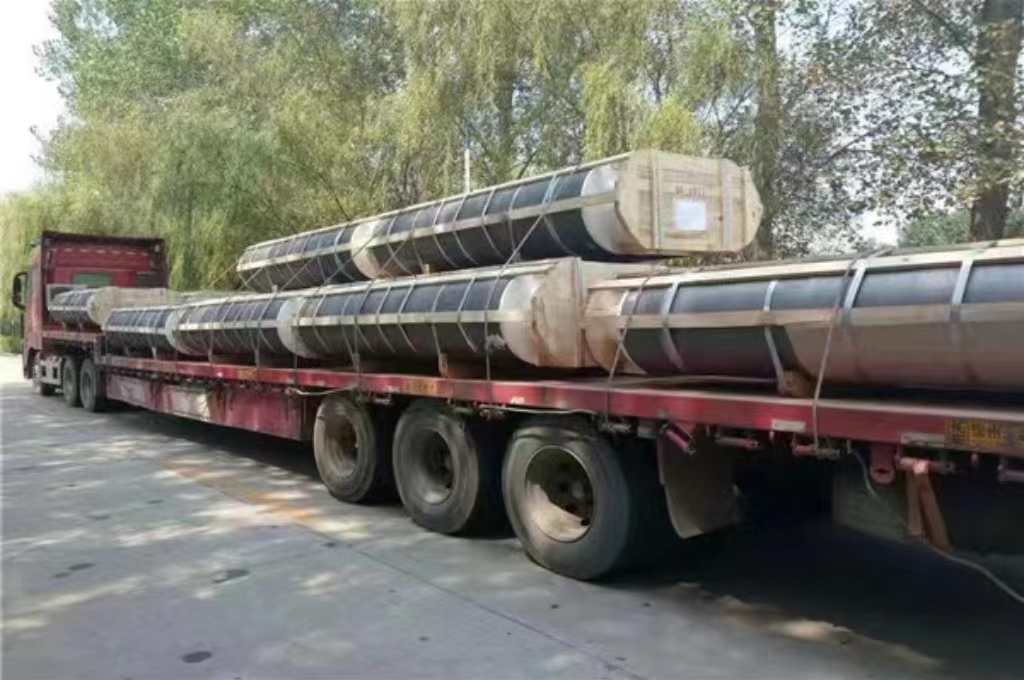Graphite electrodes, the good conductor material of steel production in electric arc furnaces (EAF), are witnessing significant shifts as industry trends incline towards sustainability, efficiency, and eco-friendliness. With an increasing global emphasis on reducing carbon footprints, the transition from blast furnaces to EAFs has begun, directly influencing the demand for graphite electrodes.
Table of Contents
ToggleGraphite electrodes in electric arc furnace technology
One of the most notable trends to shape the future is the intensified adoption of EAF technology in steel production. Thanks to its energy efficiency and cost-effectiveness, EAF technology has the potential to dominate the steel industry, pushing the demand for graphite electrodes into the stratosphere.
There are three grades of graphite electrodes, namely UHP, HP and RP. They can be used in electric arc furnaces, ladle refining furnaces and submerged arc furnaces.
The Influence of Electric Vehicles
However, the graphite electrode industry is not only related to steel, but also affects the development of electric vehicles. Lithium-ion batteries, the powerhouse of EVs, require synthetic graphite for their anodes, promising another surge in graphite electrode demand.
Development of renewable energy
Furthermore, the evolution of energy storage systems, primarily powered by lithium-ion batteries, underscores another growth for graphite electrodes. These storage systems fulfill a critical role in the renewable energy sector by storing the energy produced through solar or wind power for future use.
New material graphene
In terms of innovation, advances in nanotechnology promise a new era for the graphite electrode industry. Graphene, a single layer of carbon atoms derived from graphite, exhibits extraordinary conductivity, strength, and flexibility, making it a sought-after material in various technological fields.
The Global Graphite Electrode Market Expansion
As we project into the future of graphite electrodes, we see an increasing demand across North America, Europe, and the Asia Pacific. However, newer market territories are also coming into focus. For instance, the Middle East and Africa are witnessing a rapid growth rate that has implications for the global graphite electrode market size. Detailed market research indicates that this growth is driven by industrial development and an increased need for infrastructural projects in these regions, signifying potential market growth and expansion.
Conclusion: A Brighter Future
The graphite electrode industry has evolved beyond its traditional role in steel production. It is now embracing greener energy sources and innovative technologies. The field is also exploring unprecedented applications.
The future of graphite electrodes is filled with both excitement and certainty. Its transformative trends are driving it. Cutting-edge innovations are also at the forefront of this journey. These new developments promise to reshape the entire industry landscape.


